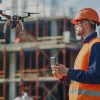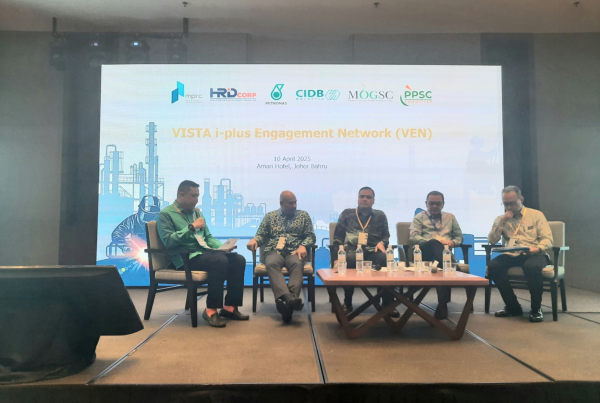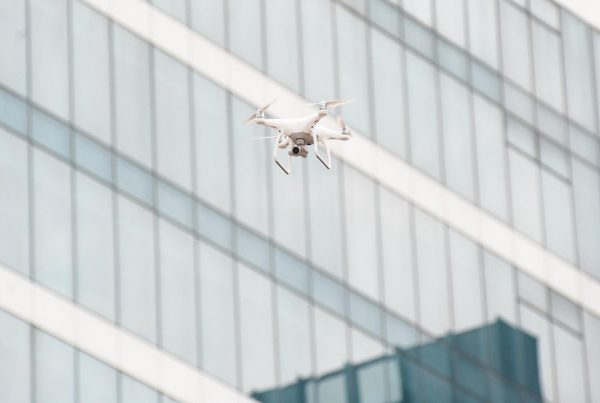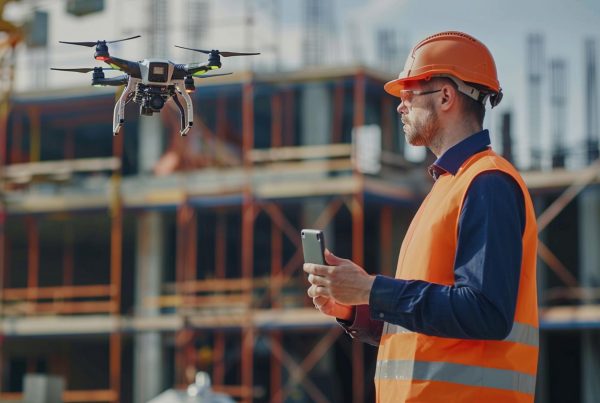
It’s important to recognise that while AI is positioned to shape the construction landscape, it doesn’t imply the replacement of human involvement by devices and technology.
As AI continues to integrate into the construction industry, it brings a wealth of opportunities that promise to enhance productivity, safety, and efficiency. However, the rise of AI does not equate to replacing human workers. Instead, it should be viewed as a powerful tool that complements human expertise and innovation.
The construction industry is fundamentally human-centric, requiring skills, creativity, and problem-solving abilities that machines cannot replicate. AI can handle repetitive tasks, analyse large data sets, and optimise processes, but it lacks the intuitive and adaptive qualities inherent in human workers.
For example, AI-powered tools like predictive maintenance and safety monitoring systems are designed to assist, not replace, human operators. These systems can predict equipment failures, identify safety hazards, and optimise resource allocation, but they still require human oversight and intervention to function effectively.
Moreover, AI can capture and utilise the vast knowledge experienced professionals accumulate, ensuring that valuable insights are preserved as the workforce ages. By turning this expertise into accessible, actionable data, AI empowers newer construction workers to perform more effectively and safely.
The integration of AI also offers significant benefits in terms of project planning and risk management. AI can provide more accurate forecasts and schedules, identify potential risks, and suggest mitigation strategies, improving project outcomes. However, these insights are only as good as the human decisions that implement them.
In off-site construction, AI-driven automation can handle tasks like assembling components in factories, which human workers transport and assemble on-site. This division of labour enhances efficiency and ensures that human workers focus on more complex and detailed tasks requiring unique skills.














